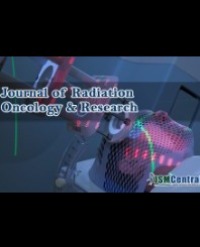
Clinical outcomes in Nasal Cavity and Paranasal Sinus Tumors: A Single Institution Experience from the Eastern Black Sea Region of Turkey
Nasal cavity and paranasal sinus tumors constitute 3-5% of the upper respiratory tract tumors, 0.2-0.8% of all tumors. Tumors are located approximately 40-50% in the nasal cavity, 30-40% in the maxillary sinus, 10% in the ethmoid and frontal sinuses and 5% in the sphenoid sinuses. Sixty Two patients who were admitted to our clinic with a diagnosis Nasal cavity and paranasal sinus tumors between January 1997 and December 2018 were included in the study. There were 28 (44%) females and 34 (55%) males, for a ratio of 1/1.2. Median age at presentation was 59.4 (range 32 to 87) years. The mean overall survival 59.7± 7 (95% Confidence Interval (CI), 41.3-79.6) months and the median overall survival 38 ± 7 (95% CI, 24.4-49.6) months. The -1, -3 and -5 year overall survival rates were 72.2 %, 51.4 % and 34.6% respectively. The mean disease-free survival 77.4± 8 (95% CI, 51.4-86.1) months and the median disease-free survival 36± 8 (95% CI, 7.65-78.5) months. The -1,-3 and-5 year DFS rates were 69.8%, 49.1% and 39.9% respectively. On Univariate analysis, the OS was significantly better with female sex (p<0.005), < 50 age (p<0.021), T stage (p<0.0001), the absence of lymph node involvement (p<0.0001). In conclusion, PNS/NC is a rare group of cancers. Surgical resection followed by PORT is an effective treatment. RT increases tumor control rate. Local recurrence was the main common cause of failure followed by distant metastasis and regional relapse of the lesions.
Gülşen Pınar Soydemir1 and Mustafa Kandaz2*
